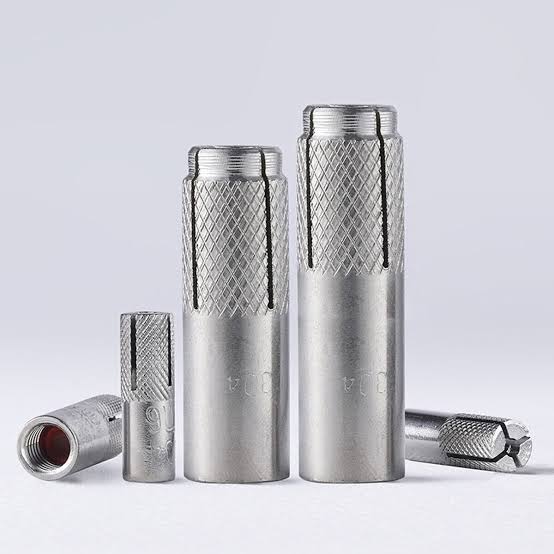An expanding bar is a type of anchor used in overhead transmission lines for securing various components to the supporting structures. It is also known as an expanding anchor or an expanding bolt used to provide a secure and reliable attachment point.
Components of expanding bar
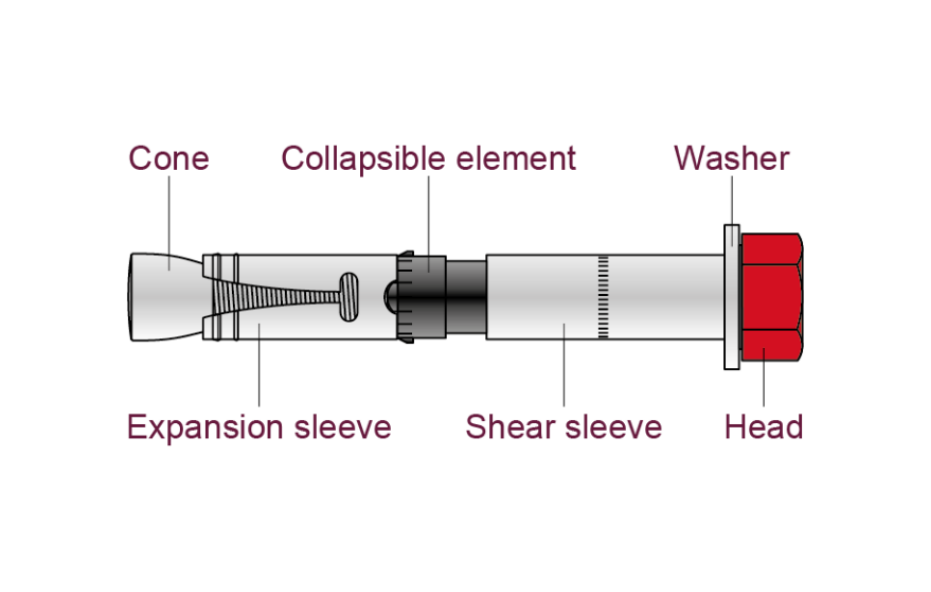
Components available on an expanding bar depend on the manufacturer and the application requirements. Different expanding bar designs may have additional features to optimize performance for specific applications.
- Bar
This is the main component of an expanding bar that is from high-strength materials like steel. This provides the structural integrity and strength necessary for the anchor. - Expansion section
The expansion section is a portion of the bar that allows for expansion and creates a tight fit within the drilled hole. It has grooves, threads, or other expansion mechanisms depending on the configurations. - Attachment end
The attachment end is where the component to be secured is attached designed to facilitate the connection with the object being fastened. It has threaded portions, holes, or other attachment mechanisms depending on the specific application. - Washers
A washer or nut may be included as part of the anchor assembly used to secure the attached object by providing a surface for tightening or securing the fastening hardware.
Types of expanding bar

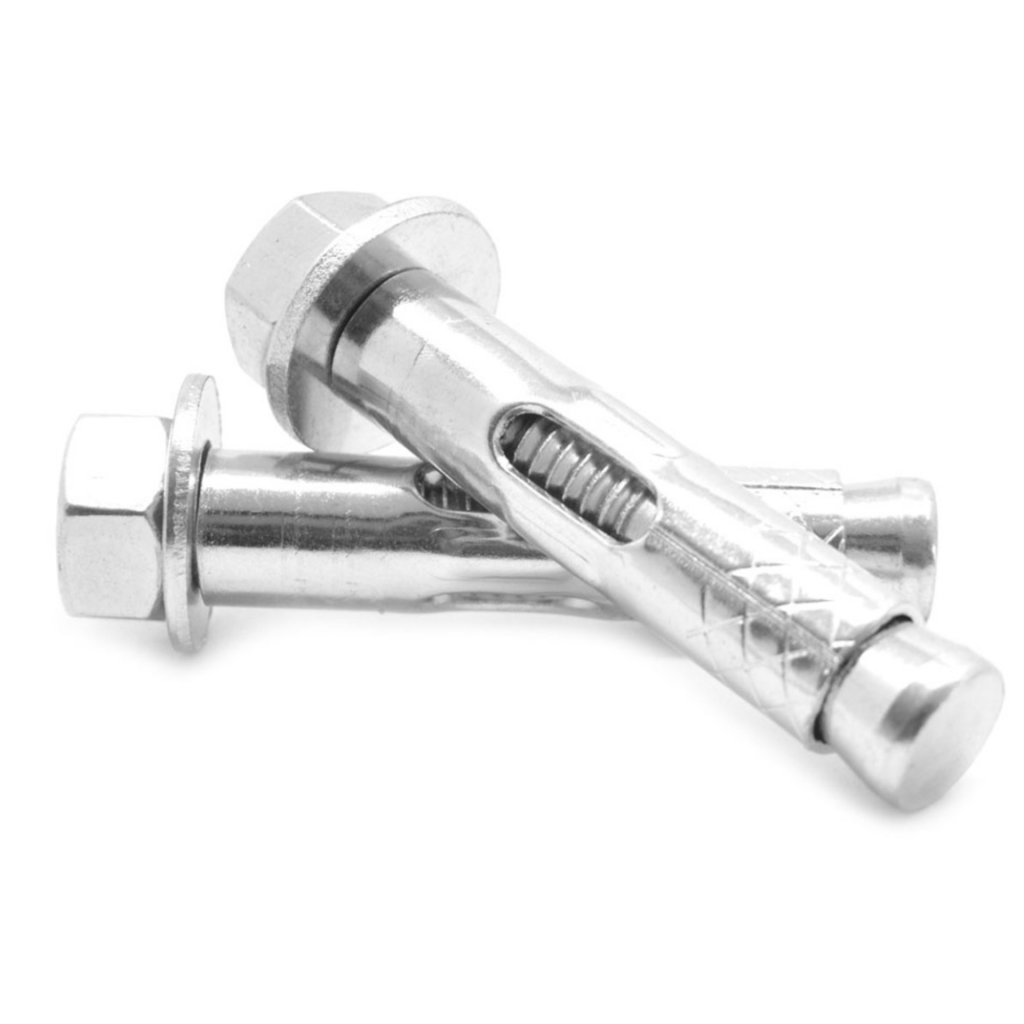
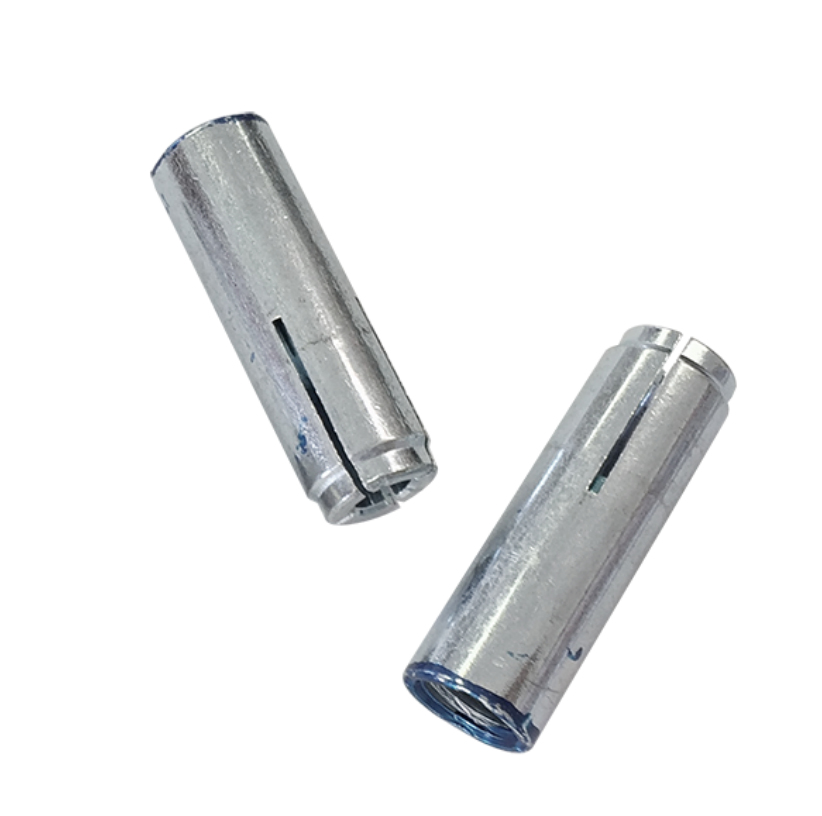
The different types of expanding bars have different application requirements, materials, and load capacity. There are several types of expanding bars or anchors available designed for specific applications and load requirements as discussed below.
- Wedge anchors
Wedge anchors feature a wedge-shaped expansion section that creates a tight fit within the drilled hole when the anchor is tightened. They are mostly used in concrete and masonry applications and provide a reliable load-bearing capacity. - Sleeve anchors
These consist of a cylindrical expansion sleeve surrounding the bar and are suitable for various materials like concrete, brick, and block. - Drop-in anchors
Drop-in anchors are designed for applications where the anchor needs to be flushed with the surface. They consist of a threaded expansion section inserted into a pre-drilled hole. - Expansion bolts
Expansion bolts feature a threaded expansion section that expands when tightened which creates a secure attachment. - Toggle bolts
Toggle bolts are versatile anchors that provide secure fastening in hollow materials like drywall or plasterboard. Toggle bolts consist of a threaded bar with a spring-loaded mechanism that expands behind the material when tightened. - Hollow wall anchor
Hollow wall anchors are also known as wall anchors or molly bolts used for securing objects to hollow walls or panels.
Applications of expanding bar
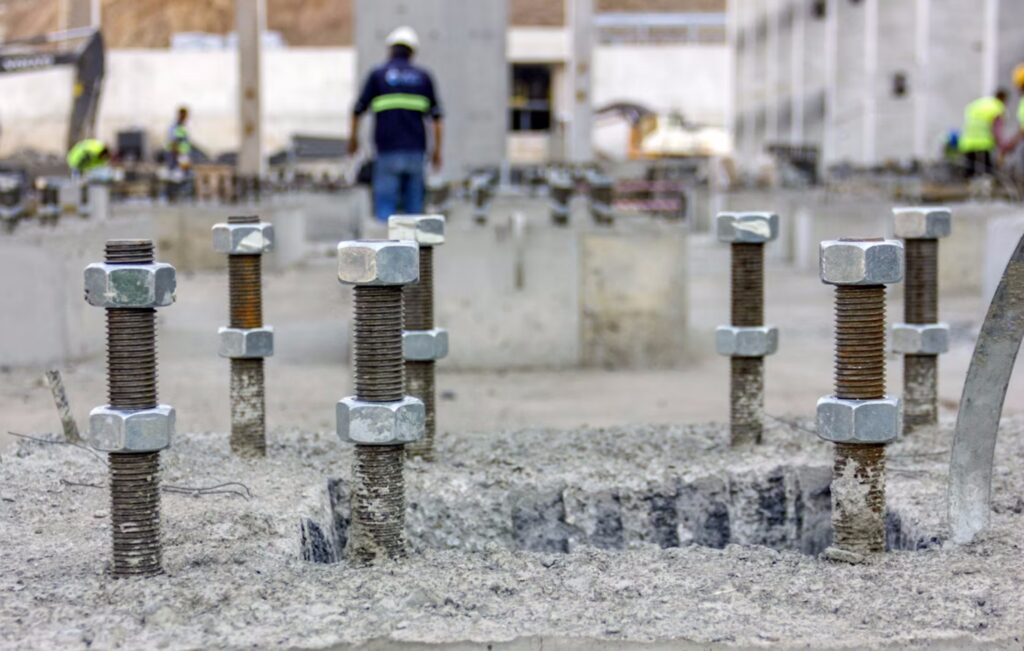
Expanding bars have high strength, versatility, and reliability which allows them to be applicable in various applications. This helps secure the connections for durability. This is as seen in the following applications.
- Construction
Expanding bars are used in construction projects for securing structural elements like beams, columns, or trusses to concrete, masonry, or other materials. - Overhead transmission lines
They are utilized in overhead transmission line installations for securing components like insulators, cross arms, or equipment brackets to supporting structures. - Industrial equipment installation
Expanding bars anchor heavy machinery, equipment, and fixtures to concrete floors or walls in industrial settings. They provide a solid connection that can withstand vibrations, impacts, and operational loads. - HVAC systems
The bars are employed in heating, ventilation, and air conditioning installations for secure connections. They ensure stability and proper positioning of HVAC components. - Signage and display installations
Expanding bars can help mount signs, displays, and banners to walls or other surfaces. - Furniture assembly
These bars are sometimes used in furniture assembly for connecting components like table legs, chair frames, or shelving units to surfaces. - Infrastructure and utilities
Expanding bars are used in various infrastructure and utility applications such as securing railings, handrails, guardrails, or fencing to concrete or other structures. This provides stability and safety in public spaces, bridges, highways, or utility installations.
Installation process of the expanding bars
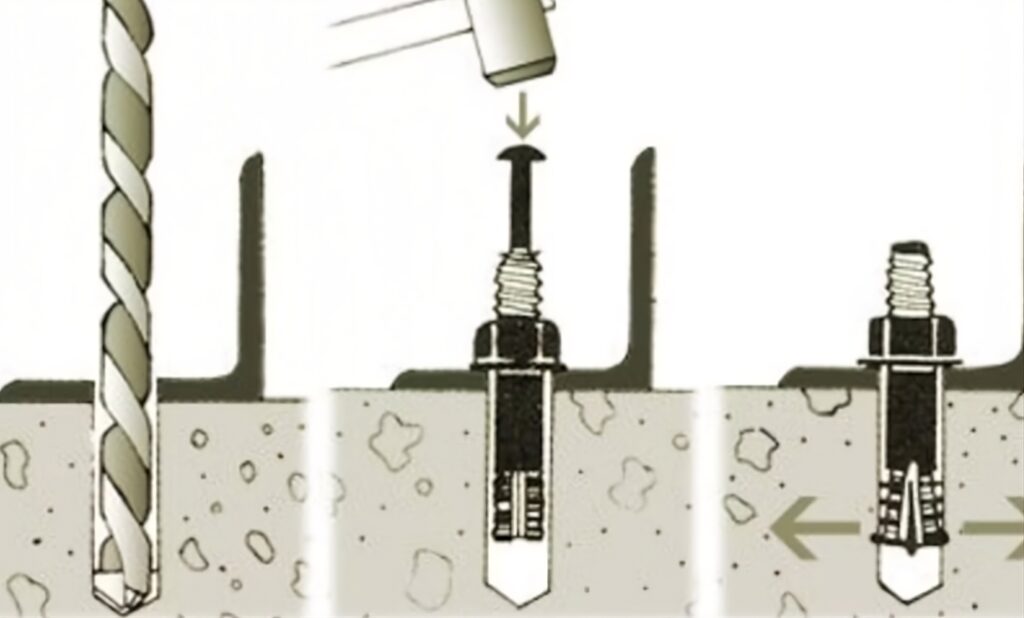
The installation process of the expanding bars involves a series of steps to provide a strong and reliable attachment point. The connection should be able to withstand the forces and loads encountered in overhead transmission applications. it should also be easy to install, reliable, and have the ability to adjust or remove the attached components. The process is detailed below.
- Drilling – Drill a hole into the supporting structure at the desired attachment point.
- Insertion – Insert the expanding bar into the drilled hole with the expansion section positioned towards the bottom of the hole.
- Expansion – Rotate or apply force to the expansion section of the anchor using a torque wrench or hydraulics jack. This action causes the bar to expand creating a tight and secure fit within the hole.
- Attachment – Fasten the attachment end of the anchor using appropriate hardware once the anchor is securely expanded within the hole.
Selecting the best expanding bar
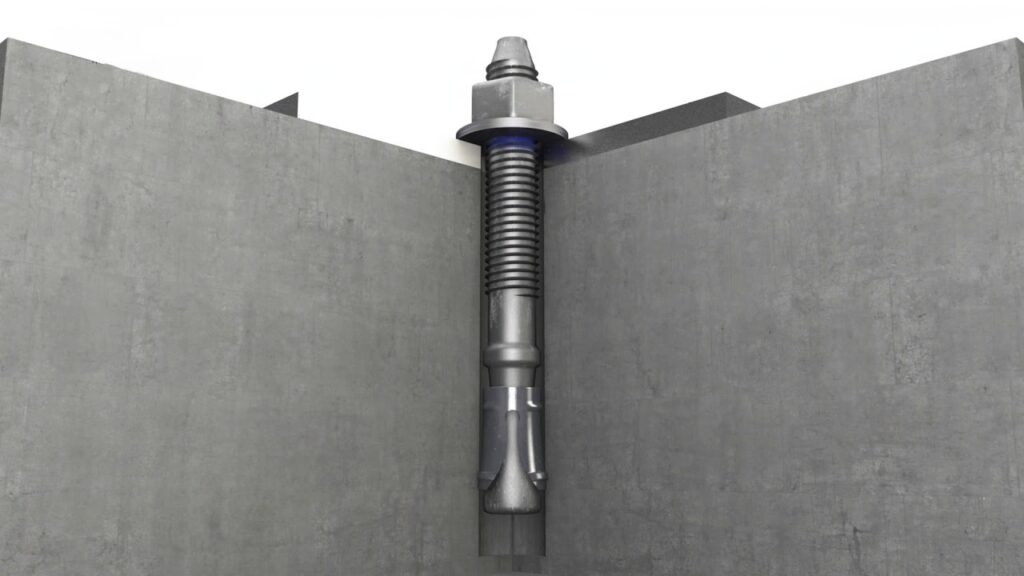
The selection process involves a series of factors to be considered for the expanding bar for your project. You should consult with the professionals in the industry which should provide guidelines on the selection process. The following are the factors to consider when selecting the expanding bar.
- Compare the cost-effectiveness of different expanding bar options including the anchor itself and any required installation tools.
- Consult with experts familiar with the expanding bar anchors who provide valuable insights based on their experience and help you select the best for your application.
- Review the manufacturer’s specifications, guidelines, and product documentation for the expanding bar you are considering.
- Consider the ease of installation and the tools required for installing the expanding bar. Choose an anchor that aligns with the available resources and expertise of your application.
- Select the appropriate size and length of the expanding bar based on the thickness and depth of the material you are anchoring into. It should be long enough to penetrate the necessary load-bearing capacity and the installation convenience.
- Consider the advantages, disadvantages, and specific application of each type. Select an expanding bar that suits your project requirements and provides the necessary load-bearing capacity and installation convenience.
- Consider the material you are anchoring into and ensure that it is designed for compatibility with the specific materials to provide optimal performance and anchoring strength.
- Determine the load capacity of your application considering the weight and forces that the expanding bar needs support.
FAQs
Expanding bars are types of anchors used for securing various components to the supporting structures. It provides a secure and reliable attachment point.
The bar
Expansion section
Attachment end
Fastening hardware
What are the benefits of using expanding bars on overhead transmission lines?
Secure attachment
Load-bearing capacity
Versatility
Ease of installation
Adjustability
Durable and long-lasting
Cost-effective
Widely available
Limited application in hollow or thin materials
Professional installation required
Restricted removal and reusability
Limited load capacity in some applications
Environmental conditions
Dependence on substrate integrity

